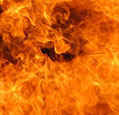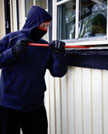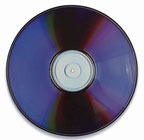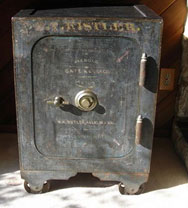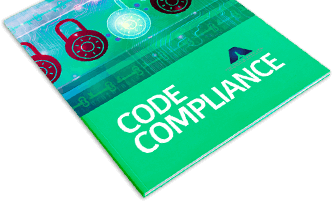When selecting a commercial security safe, or home safe, ou want to be sure you select one based on the items you want to store as well as the type of protection you’re looking for. Basically that means you need to know if you’re looking for protection from theft or protection from fire – or both.
Safes Can be Divided into 3 Groups:
- Fire safes : Designed to ensure that the temperature inside the safe remains below 350°F for a specific amount of time to keep paper from burning. Many fire safes keep temperatures under control by converting rising temperatures into steam – a strategy that works with paper goods, but not with items that can be damaged by moisture.
-
Burglary safes: Designed with thick plates made of metal or other materials to help prevent intrusion by tools that may be used to “crack” them open. Burglary safes are rated using an older, single-letter rating (usually B, C and E) or using the more modern ratings (TL-15, TL-30, TL-60, TLTRTX-60) issued by Underwriters Laboratories (UL). In the latter, the ratings reflect the type and duration of attack the safes were designed to protect against. “TL” stands for “tool resistance,” “TR” for “torch resistance” and “TX” for “explosives resistance. The numbers at the ends of the ratings designations stand for the number of minutes the safe is designed to withstand attack. Because they must be specially designed to prevent being opened by a wide variety of tools and methods, most burglary safes are not designed to offer fire protection.
-
Media safes: Designed to keep the internal temperature below a set minimum – usually 125°F or 72°F – for a specific period of time to keep heat-sensitive media safe and sound in the event of fire. Unlike typical fire safes, media safes do not create moisture to decrease temperature. Most media safes are made of thin enclosures comprising metals or other materials that are not good heat conductors, thus reducing the risk of heat transfer to the inside of the safe. As a result, they’re not meant to prevent against a typical tool attack by a burglar. Media safes are often more expensive than other safes of the same size.
Choosing Your Lock Type
Another consideration when selecting a safe is whether you prefer a mechanical or electronic lock. Because of their history of reliability, many people choose mechanical locks, but electronic locks may be good options for those with arthritis or other disabilities where turning dials is problematic. Electronic locks may be more costly to repair when they malfunction, however, so the decision can be a trade-off.
Evaluating an Old Safe for Use
While it may be tempting to cut costs and use an older safe to protect your valuables and important documents, it’s important to know that fire safes rely on an insulating material which degrades over time. Safes that are 15 to 20 years old, as well as newer safes that may have been exposed to extreme temperatures, no longer may be able to protect against heat damage. Replacing these safes, or having an old safe refurbished, is the best way to ensure your items are protected in case of fire.
Similarly, while safes designed solely to protect against burglary do not rely on the degradable filler material as fire safes, over time the locks may become difficult to work and the safes may not be able to withstand the tools and techniques used by today’s burglars. If you have an old burglary safe and are interested in continuing its use, be sure to have it examined by a technician to ensure it’s still functional and offers protection against modern threats.
Need Help Evaluating Your Requirements?
Contact us today if you are unsure of your safe requirements.






